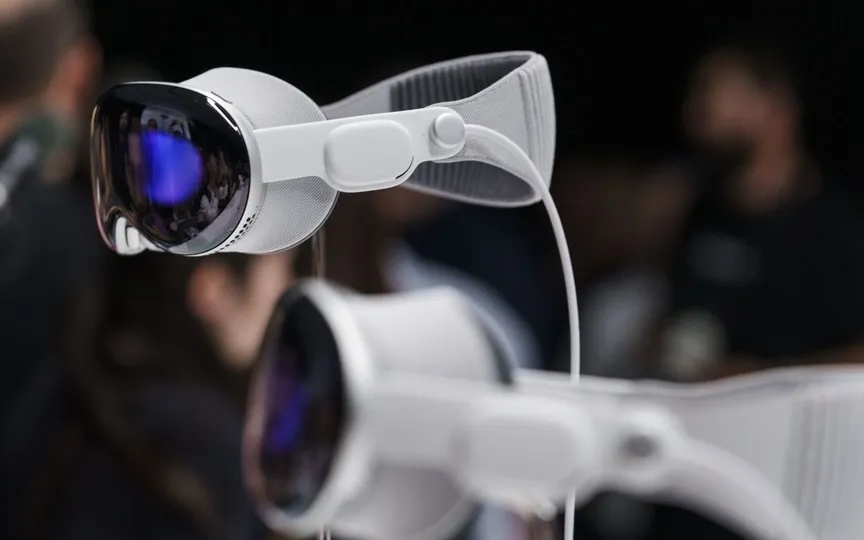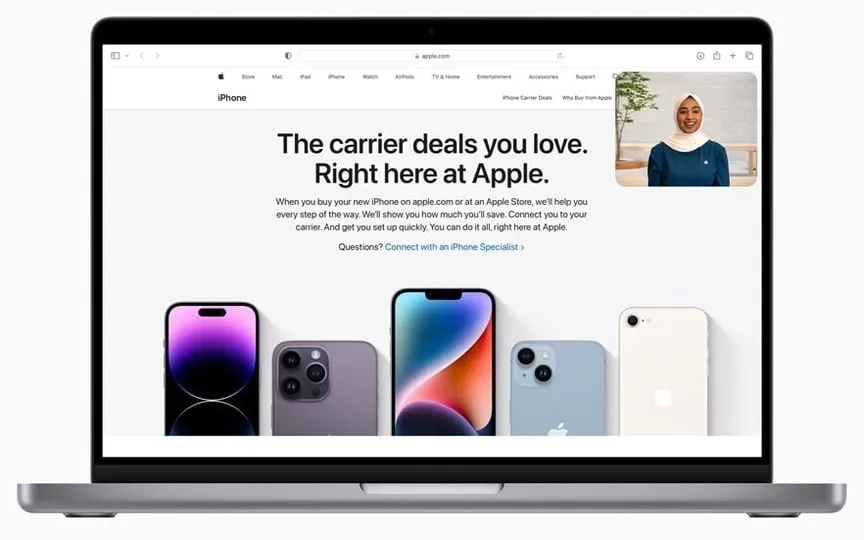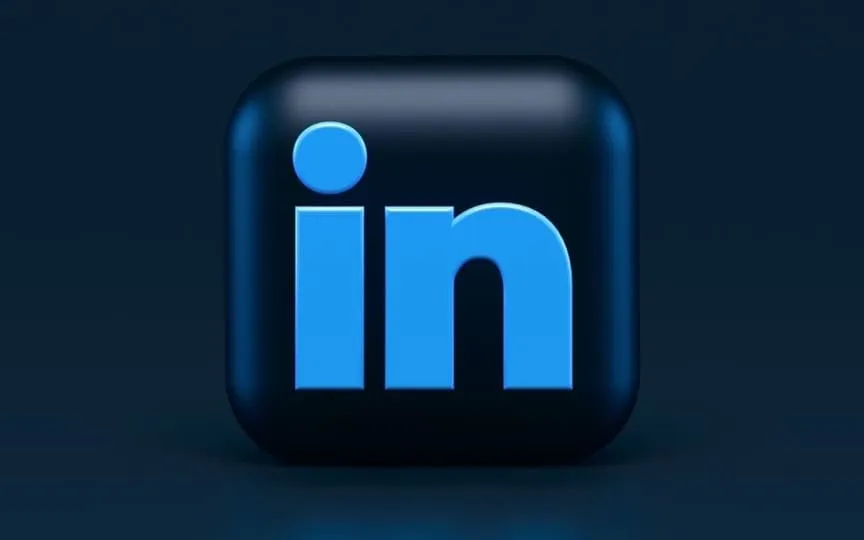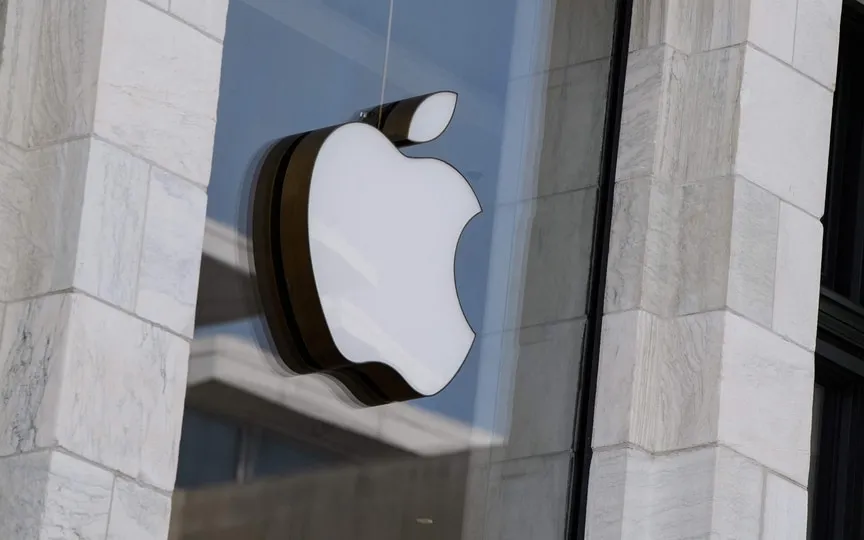Prepare for Tim Cook’s Most Daring Action at Apple
Despite not being the original creator of the smartphone, home computer, MP3 player, or tablet, Steve Jobs managed to revolutionize these technologies and make them highly desirable to the public. This accomplishment propelled Apple Inc. to its current status as a colossal company worth $2.7 trillion.
One criticism of his successor as CEO, meanwhile, is that he has yet to come up with a bold new idea of his own. Tim Cook, a stalwart supply chain expert, has instead built on these existing successes. Even the Apple Watch, which appeared almost four years after Jobs’ death, was the late visionary’s contribution to development, if not implementation.
Finally, we may see Cook’s innovation. And boy, what a risk it is: hitting a new technology in a very different way than Apple has done in the past.
At the Worldwide Developers Conference in June, Apple is expected to share the long-awaited details of its mixed reality headset: a device that offers both augmented reality and virtual reality. The first overlays the images onto your real environment. the other immerses you in a fully digital environment.
To begin with, Apple’s headphones are not a mass market product. At $3,000, Bloomberg News reports, it will be nearly seven times more expensive than Meta Platforms Inc.’s Quest 2, the best-selling VR headset — 18 million sold so far, according to CCS Insight.
But what starts small can grow. The Wall Street Journal reports that Apple is pitching Foxconn a second-generation, lower-cost version of the headset, making mixed reality a significant part of Apple’s product plan for the foreseeable future.
It’s not clear how much of the headset we’ll see at WWDC. Deliveries in 2023 are expected to be a fraction of Apple’s other products. But we can wait for a product announcement detailing why we might want one one day. Here’s the challenge: other Apple products had proven utility before they hit the market. Sony Group Corp.’s Walkman came before the iPod, the Nokia 3210 before the iPhone. We knew what these products were for and we were excited about the improvements and lined up to get them. There is no such enthusiasm for mixed reality headsets.
In fact, the opposite may be true. Most of the technology buying public feels strongly that this is technology that is neither needed nor wanted. The metaverse — the virtual world these headsets can take us to — has already been declared dead, derided as irrelevant less than two years after Mark Zuckerberg rebranded his company to underscore his belief that it will be the next big computing platform. Google searches for “metaverse” have plummeted, and metaverse communities are barren, abandoned by curious early adopters.
But that might have been a meta problem, not a metaverse problem. Zuckerberg isn’t exactly a great ambassador for selling the “cool” of technology. The question is whether Cook can channel Jobs’ knack for making us believe. “Can you have it?” he said and we did.
It’s not something in Cook’s repertoire, but he can at least learn from the launch of the Apple Watch. Its debut in 2015 included a $10,000 18-karat gold version that was seen on Beyonce’s wrist, aiming to position it as both a technology product and a high-end fashion accessory. Apple soon realized that the Watch’s killer app was health and fitness — and it now dominates the industry. Again, Apple didn’t invent the smartwatch. That just made it worth getting one.
A similar focus on health and well-being would make sense this time around. I believe that virtual reality will change fitness – studies have shown that those who exercise in the virtual world exercised longer than they had imagined. Time flies when you punch Rocky Balboa in the face. If Cook can position the headset as a lifestyle choice — more peloton than PlayStation — he could have a hit.
“History says that Apple has the potential to reach new audiences,” said Forrester analyst JP Gownder, “to communicate the value of things in ways that other vendors may not have done before.”
But it’s a big risk. In a recent report, Gownder looked at the poor adoption of mixed reality in the workplace and declared 2023 a “metaverse winter,” a time when conversation and technology adoption would cool. Less than 5% of those who responded to the survey stated that they were interested in using mixed reality at work.
And the fact is, at a time when most of us are thinking about how to use less technology and connect with the real world, mixed reality still feels like a disconnect. Some people avoid Apple’s headset, not because they don’t think they’ll like it, but because they’re worried about it.
Consequently, Cook has backed what many of his peers see as the wrong horse. Microsoft, which has scaled back development of its augmented reality headset Hololens, is now focusing instead on artificial intelligence – a technology that people just can’t stop talking about. Apple doesn’t seem interested.
You have to go back to the 1990s to find Microsoft a more exciting company for the last time. But here we are. What would Jobs make of it, I wonder? Something tells me he’d relish the chance to go up against it and prove the doubters wrong.




